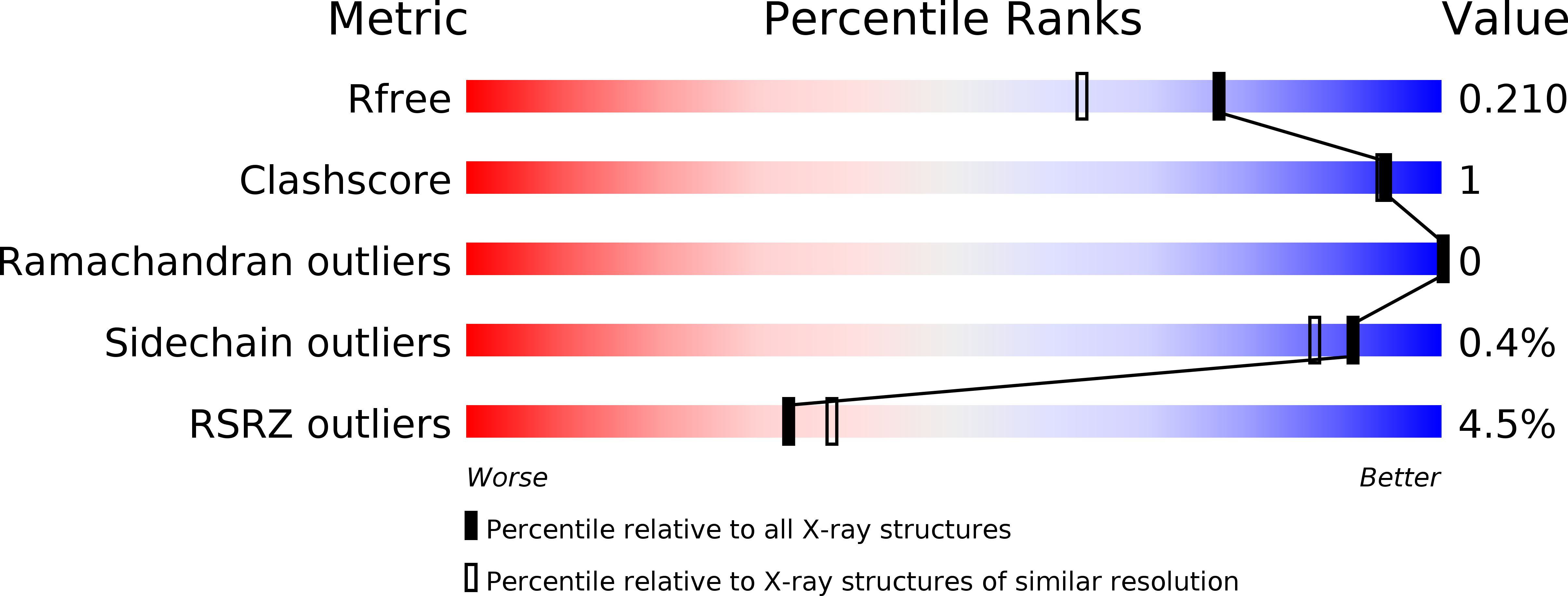
Deposition Date
2015-10-02
Release Date
2015-11-25
Last Version Date
2024-10-30
Entry Detail
PDB ID:
5E3E
Keywords:
Title:
Crystal structure of CdiA-CT/CdiI complex from Y. kristensenii 33638
Biological Source:
Source Organism:
Yersinia kristensenii ATCC 33638 (Taxon ID: 527012)
Host Organism:
Method Details:
Experimental Method:
Resolution:
1.70 Å
R-Value Free:
0.20
R-Value Work:
0.17
R-Value Observed:
0.17
Space Group:
P 1


